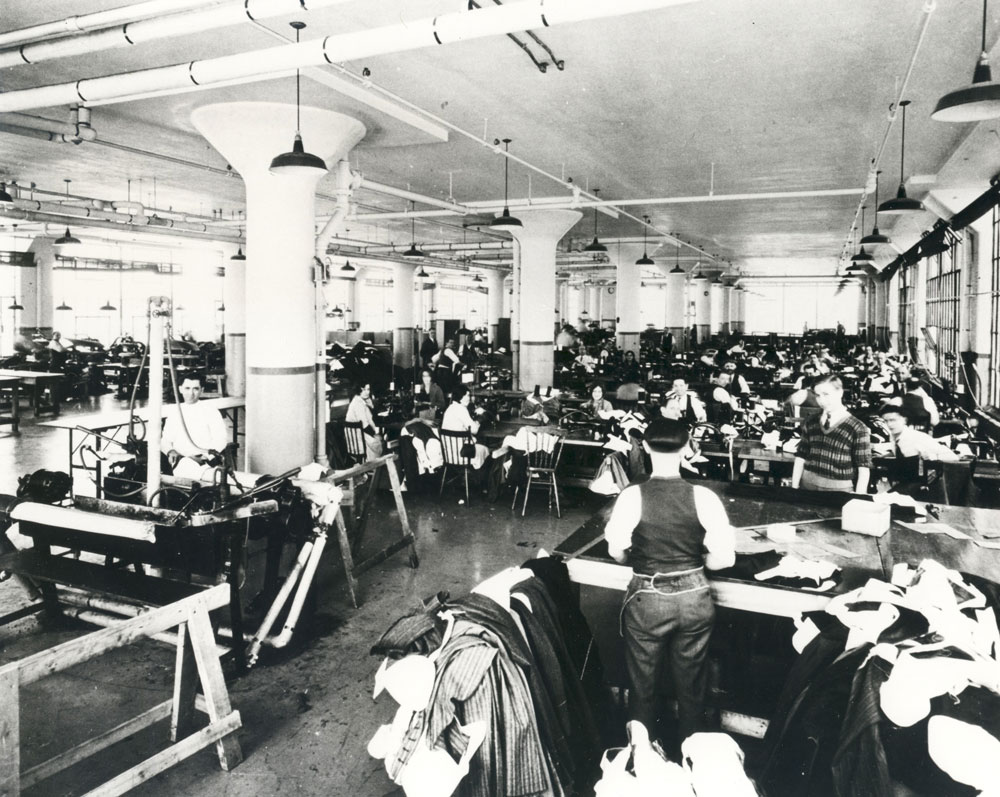Gallery
April 25, 2024
to September 23, 2024
An exhibition mining one family’s experiences and archival treasures to explore the little known story of Jewish life in northern Ontario by Toronto-based artist Meichen Waxer.

In the first quarter of the twentieth century, Jews fleeing the pogroms in Eastern Europe started to arrive in Toronto and to build new lives. Like most North American cities, these early immigrants often found it difficult to secure good jobs due to language, religious, and occupational barriers. Taking Care of Business, an online exhibition by the Ontario Jewish Archives, examines the various ways the Jewish community made a living during this period, whether they were peddlers, religious practitioners, business owners, or labourers.
The new immigrants often started off as peddlers. The job required a cart and involved collecting and selling items such as rags, clothing, scrap-metal and junk. Although the job lacked dignity, it required very little capital and offered the peddlers a great deal of independence.
Once they had raised sufficient capital, many peddlers set up small businesses that catered to the Jewish community. Most involved the labour of the entire family. As such, the stores were typically situated on the ground floor of the owners’ home, making it easier to afford the rent and for family members to attend to the business. The most common were restaurants, jewelry shops, clothing, shoe and hat stores, bakeries, butchers, pawnbrokers and grocers. Over time, many of these businesses flourished and became large-scale enterprises.
In addition to business, a large segment of the Jewish population worked in the garment or “shmatte” industry. The workforce included men, women and children, and during the 1930s, as many as 25% of Toronto’s Jews were employed in this area. Many Jews also owned these factories, since they involved minimum capital. The work was extremely arduous, the conditions were poor and the pay was quite low. As a result, many garment workers joined the union for support.
Access Anytime
Virtual